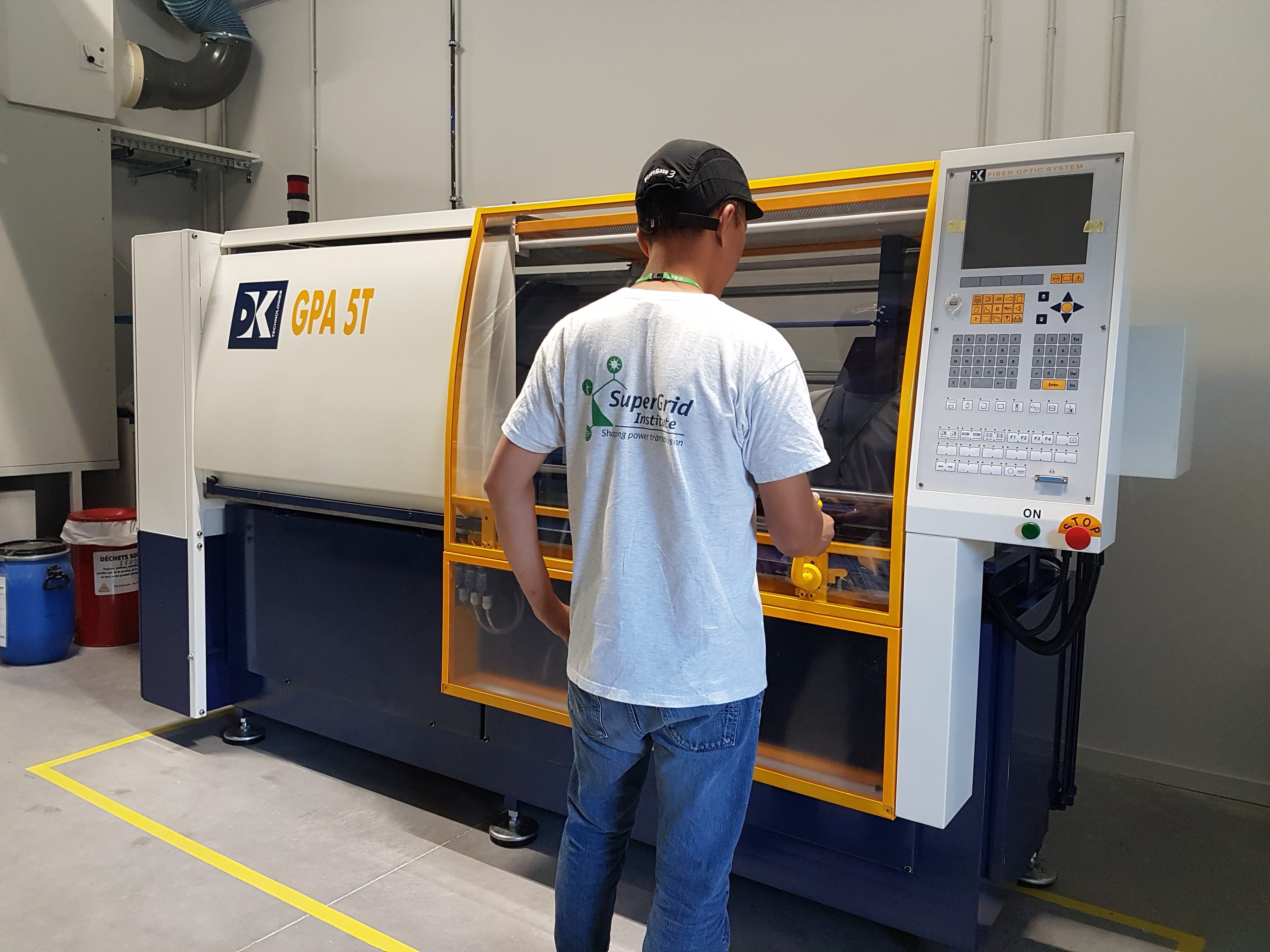De par sa facilité d’utilisation et sa capacité à isoler la permittivité complexe représentant les pertes dans un matériau tout en faisant un balayage fréquentiel, la spectroscopie diélectrique semble être une méthode de choix pour obtenir la valeur de conductivité ohmique d’un matériau. Cette méthode pourrait permettre de s’affranchir des temps conséquents de stabilisation généralement associés aux mesures de conductivité issues de courbes courant-tension effectuées suivant la norme IEC 62631-3. Par l’intermédiaire d’une comparaison entre ces 2 méthodes, les auteurs vont revenir sur les limites de chacune d’entre elle.




